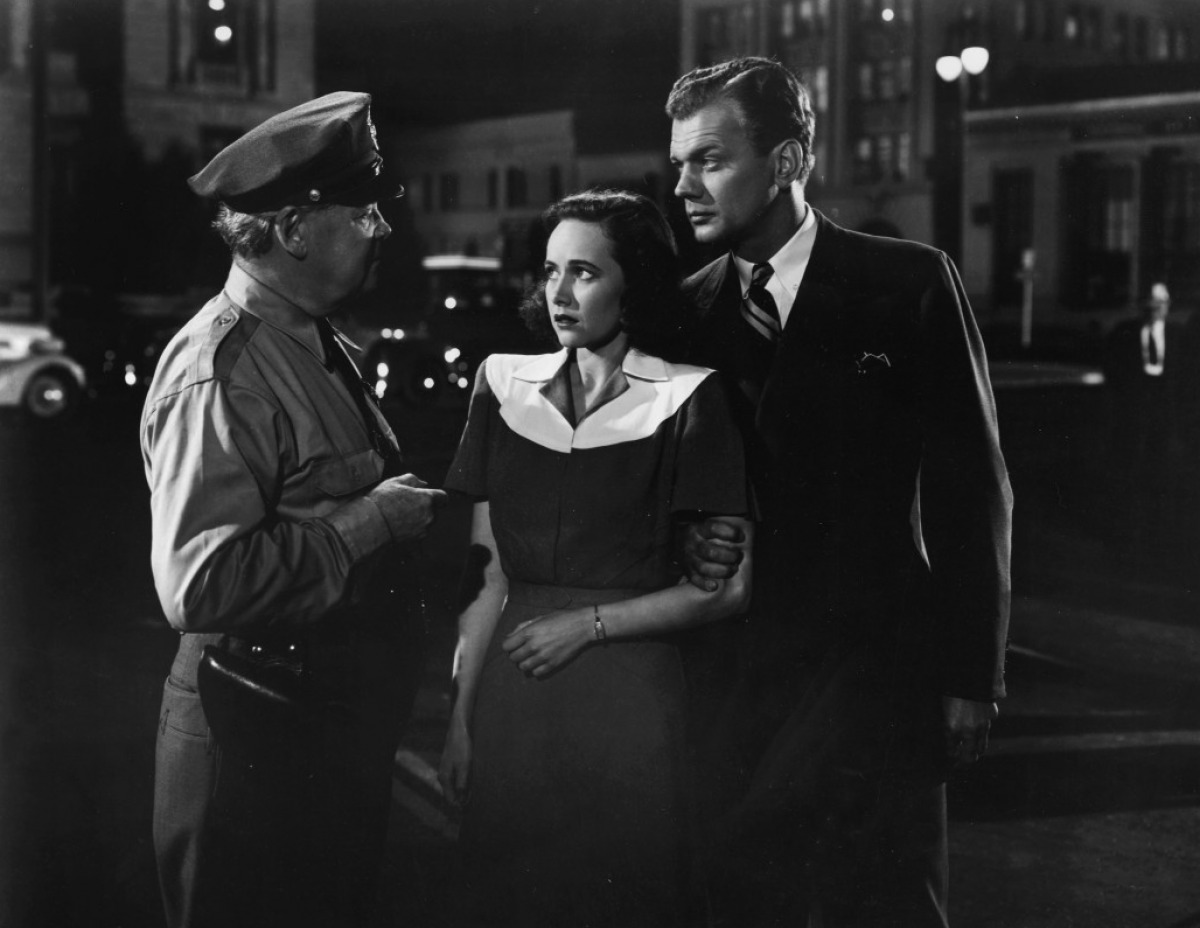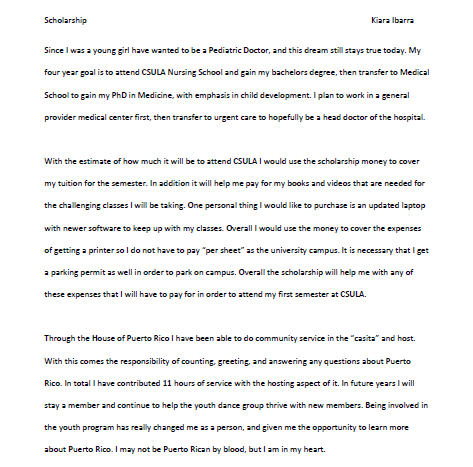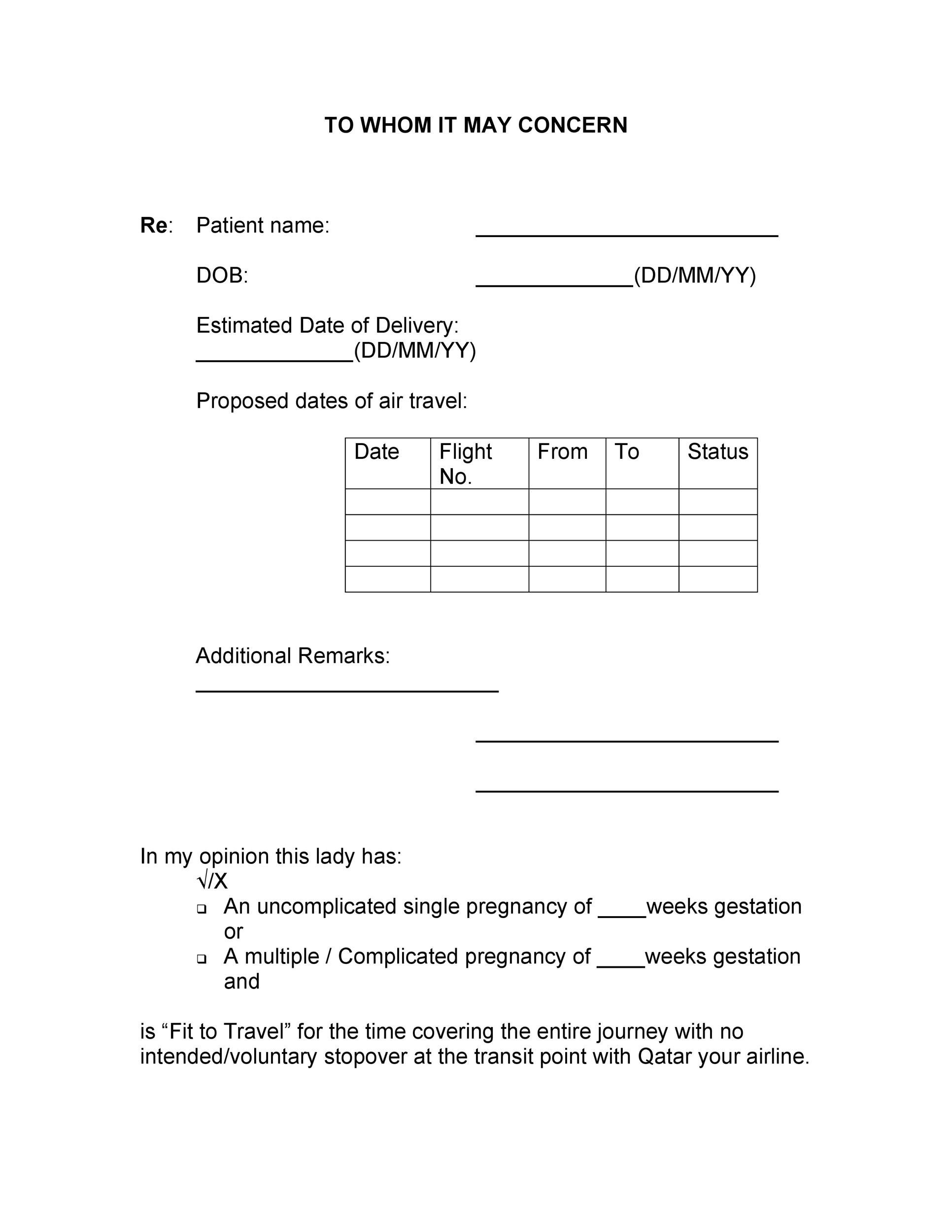What was the Komagata Maru incident and why does it matter.
The Komagata Maru returned to India on September 26, 1914. British authorities suspected that the passengers were revolutionaries arriving to make trouble. There was an altercation between authorities and passengers, and shooting started. When it ended, 22 people were dead, including 16 passengers. More than 200 of the surviving passengers were.
While the Komagata Maru incident is frequently used in schools as an example of the history of Canada’s race relations, the Indo-Canadian perspective of this story has not been widely explored. SFU librarian Brian Owen is heading a new project that will create a comprehensive digital resource about the Komagata Maru incident and how it has affected later Indo-Canadian culture and experience.

Stuck on your essay? Browse essays about The Komagata Maru Incident and find inspiration. Learn by example and become a better writer with Kibin’s suite of essay help services.

The SS Komagata Maru was a chartered ship featured in a dramatic challenge to Canada’s former practice of excluding immigrants from India. This challenge took place in the spring and summer of 1914, on the eve of the First World War. It proved to be a bitter and tragic experience for the passengers, first in an unsuccessful and eventually.

One of the benefits of retelling the story of the Komagata Maru today is that it allows us to build upon the work of previous generations to make sense of one of the most symbolic moments in Canadian history. The story of the Komagata Maru resonates beyond 1914, linking to freedom movements in India and the right to vote for South Asians in.

In her program note Pollock also explains that “The Komagata Maru Incident is a theatrical impression of an historical event seen through the optique of the stage and the mind of the playwright. It is not a documentary account, although much of it is factual. To encompass these facts, time and place are often compressed, and certain dramatic.

The Komagata Maru left Hong Kong on Sunday, April 5 and stopped at Shanghai and then in Japan to collect more passengers. On board after departing Yokohama were a diverse group of 376 Indian passengers including Gurdit Singh and his young son, Balwant Singh.

The regulation had been brought into force in 1908 in an effort to curb Indian immigration to Canada. As a result, the Komagata Maru was denied docking by the authorities and only twenty returning residents, and the ship's doctor and his family were eventually granted admission to Canada. Following a two month stalemate, the ship was escorted.

Delta Secondary student Emily Lieuwen has won a national history contest by using her imagination to step into the perspective of a young man trapped on the Komagata Maru. In her winning essay.

Harbhajan Singh Gill of the Komagata Maru Foundation said that it is time that all of us belonging to the South Asian community unite to make Komagata Maru, “Guru Nanak Jahaz” a symbol of shared South Asian heritage. Gill further added that today’s Canada is a country where diversity is celebrated. Canada of today is governed by the.

Background to the Komagata Maru incident Historical context At the turn of the twentieth century, over two-and-a-half million people arrived in Canada during a period historians refer to as the first great wave of immigration. However, not all newcomers were welcome, and many experienced harsh treatment, discrimination and exclusion. For example.

Komagata Maru Incident 75th Anniversary. Dedicated to the memory of the 376 passengers (340 Sikhs, 24 Muslims, 12 Hindus) who arrived at Burrard Inlet, Vancouver on May 23, 1914, from the Indian sub-continent on the ship Komagata Maru (Guru Nanak Jahaz).

On May 23, 1914, the Komagata Maru reached Vancouver’s harbour via Hong Kong and Japan carrying 376 prospective South Asian immigrants who hoped to settle in Canada. The passengers, however, did not receive a friendly welcome. Their arrival provoked massive opposition from the public, and prevalent ideas of race and exclusion held by the majority of the local population led to an outpouring.



